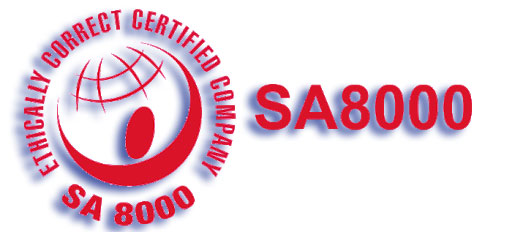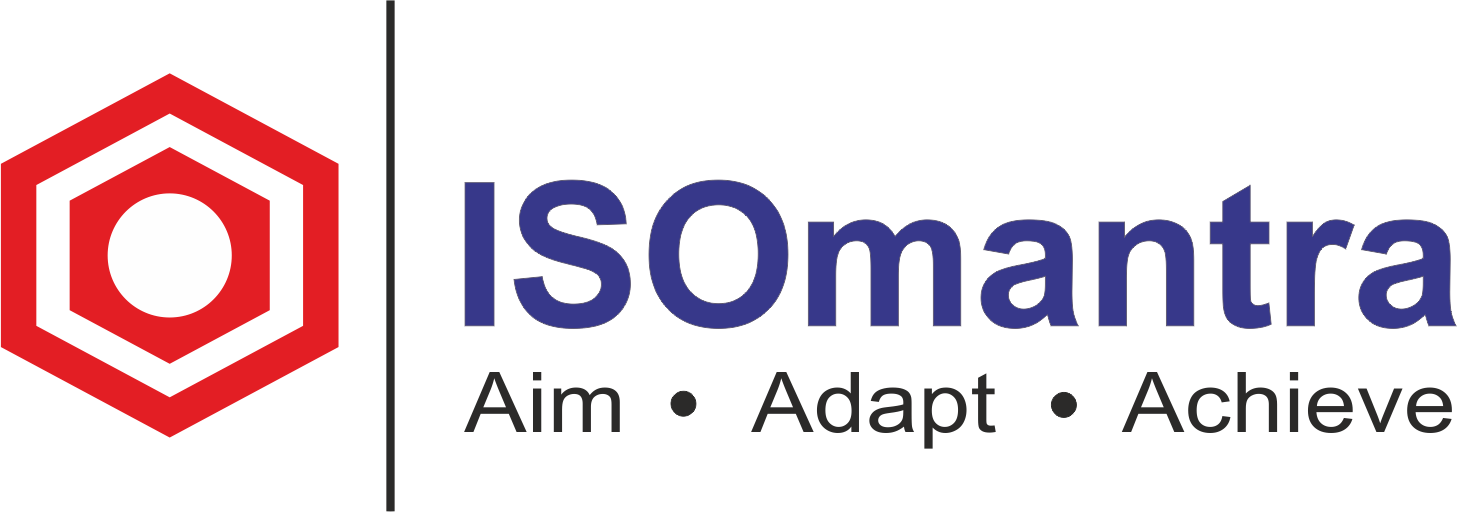
What is the meaning of SA8000?
SA8000 is a voluntary, global standard for businesses interested in monitoring and certifying labour practises in their own facilities as well as those of their suppliers and partners. It is certifiable by an independent third party.
Why is SA8000 needed?
The irresponsible activities of commercial firms in underdeveloped nations, notably in the field of working conditions, have fueled the social responsibility/accountability requirements. As a result, the Accreditation Agency of the Council on Economic Priorities developed the SA8000 global code of practise for labour conditions in the manufacturing industry.
The SA8000 code of practise is divided into nine sections.
- Child labour
- Compulsory labour;
- Health and security;
- Associational and collective bargaining rights;
- Discrimination;
- Disciplinary procedures;
- Working hours;
- Compensation;
- Management software.
Companies shall not support child labour, offer a safe and healthy working environment, and respect employees’ right to join trade unions under the terms of SA8000. Discrimination on the basis of race, nationality, gender, handicap, or political affiliation is prohibited, as is corporal punishment and verbal abuse. Employees or those working for their suppliers shall not work more than 48 hours per week or six days per week. Wages must be at least equal to the legal or ‘industry minimum’ levels and sufficient to allow the employee some discretionary money.
SA8000 is intended to incorporate existing international accords, such as those of the International Labour Organization, the Universal Declaration of Human Rights, and the United Nations Convention on the Rights of the Child. These instruments are specifically mentioned in SA8000.

